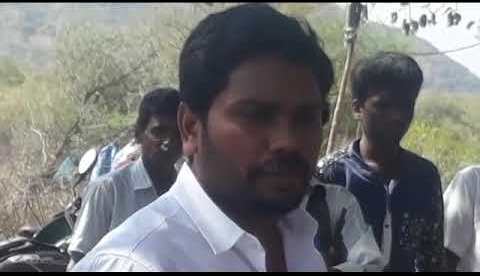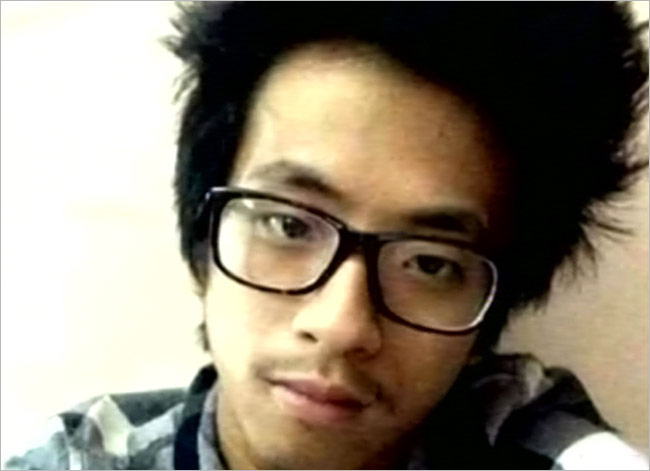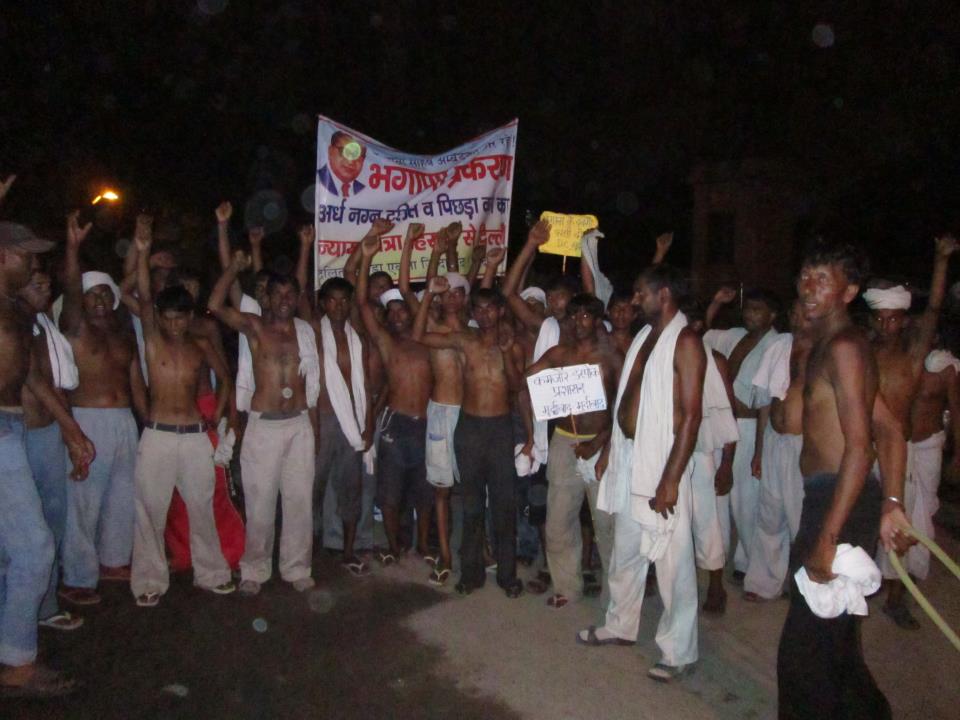by Thamburaj Dharmaraj

Valluvar community is referred extensively in ancient Tamil literature as ‘masters of astronomical calculations as well as predictions based on that’. The author of the renowned classical Tamil text ‘Thirukkural’, Thiruvalluvar, is believed to be the offspring of this community. Though it has valid literary and historical evidences of being a literate and scholarly community, it is culturally branded as ‘untouchable’ within the Tamil social system.
According to 1891 Madras Census Report and Manual of the North Arcot District Valluvars are referred as ‘the priests of the Parayars and Pallars’. The Divakaram and Chudamani Nikandu pointed out that ‘they were priests of the Pallava kings before the introduction of the Brahmans, and even for some time after it’.
Hence they undergo all kinds of ailments and sanctions prescribed by the greater society upon the so called ‘untouchables’. Nevertheless the ‘untouchable’ section of the Tamil society recognized these Valluvars as their traditional priests.
It is said that valluvars satisfied the spiritual, vis-à-vis the religious requirements of the dalit communities. They were the ritual masters in life cycle and religious ceremonies of dalits. Hence, they are called as Brahmins (priests) of ‘untouchables’. Apart from the religious role, Valluvars played an important role within the entire Tamil social system, i.e. ‘as repertoire of climatic change’. In his book ‘South Indian Castes and Tribes’ Edgar Thurston described them in following manner. “Each of them had a collection of panchangams, or calendars for determining auspicious dates, and a bundle of palm leaf strips (Chudamani Ullamudayan) inscribed with slokas for astrological purposes”.

Traditional societies have maintained a register of climatic changes in order to predict the forthcoming natural calamities such as flood and drought. These predictions are mostly done by deciphering the changes occurred in nature such as blowing of the wind, movement of clouds, appearance of the constellation of stars, behaviors of animals and plants, etc. Agrarian communities traditionally rely mainly on these indigenous predictions of climatic change for its food production. In Tamil society, the knowledge of climatic changes has been well organized in the form of a written register, ‘Panchankam’ (almanac). Valluvars are traditionally assigned the work of keeping that register of climatic change and of updating it. Therefore, they have to identify the key signs of nature and should engage in the process of deciphering them to predict the pattern of climate in the near future.
Until recently Valluvar community delivered the service of predicting rainfall for the agrarian societies of Tamilnadu. Peasant folk still remember a cultural ceremony on the first day of the Tamil month Chithirai (April) in which the Valluvar submits the climate report of the forthcoming calendar year. It is said that Tamil peasants organized their agricultural practice with respect to the report rendered by him. However, presently these exist only as memories. According to oral sources, for the past two or three decades there was no such practice of submitting the climate report. The socio-cultural bond between the Valluvar and the agrarian communities has been broken.
One can easily list out the reasons for the disappearance of a native knowledge about climatic conditions as well as the insignificance of Valluvars in the public sphere. Introduction of centralized agricultural practices in the name of green revolution, systematic dominance of state in the water management, advent of modern science in the prediction of climate change, creation of a popular opinion that tradition is superstitious, and of course, disastrous changes in the pattern of climate due to global reasons are some of them. The Valluvars are the immediate sufferers of all these socio-cultural interventions. As the result, they are forced to migrate from their original habitats to nearby towns and cities. As they do not know anything other than keeping the register of time and space, they have become soothsayers, wandering in the streets in search of wounded souls.










